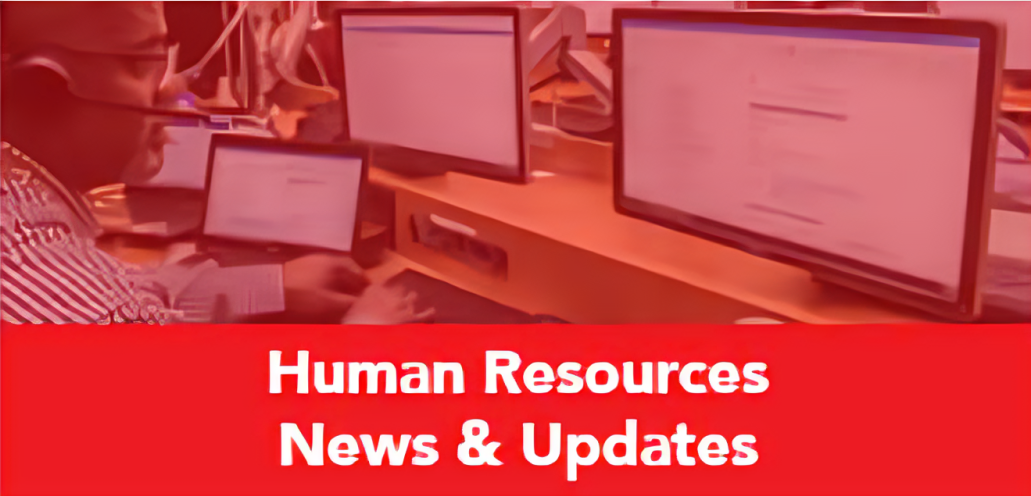Introduction
For both employers and job seekers, understanding the distinction between a job description and a job posting is crucial. As an employer, you need to effectively communicate your requirements and attract the right candidates. As a job seeker, you want to fully comprehend the expectations and responsibilities of a role before applying. In this comprehensive blog post, we will explore the differences between job descriptions and job postings from an HR perspective. By delving into their unique purposes, content, and approaches, we aim to provide clarity and guidance to help employers craft compelling job descriptions and job postings that align with their hiring goals.
Defining Job Descriptions and Job Postings
A job description is a comprehensive document that outlines the essential duties, responsibilities, qualifications, skills, and experience required for a specific position within an organization. It provides an in-depth overview of the role’s expectations, reporting structure, and any additional information relevant to the position. Job descriptions serve as internal documents used by HR professionals, managers, and employees to establish clear expectations and evaluate performance.
On the other hand, a job posting is an external advertisement crafted to attract potential candidates to apply for a specific job opening. Job postings focus on marketing the position and the company to potential applicants. They are typically shorter and more concise than job descriptions, highlighting key selling points, such as the company’s culture, mission, and benefits, while also providing a summary of the role’s main responsibilities and qualifications.
Purpose and Audience
Job descriptions and job postings serve distinct purposes and target different audiences:
Job Description
Job descriptions primarily serve an internal audience, including HR professionals, managers, and existing employees. They establish a framework for performance expectations, provide clarity on job responsibilities, and serve as a reference for evaluating employee performance and development opportunities. Job descriptions are essential tools for effective HR management, ensuring consistency, transparency, and alignment across the organization.
Job Postings
Job postings, on the other hand, are designed for external consumption and aim to attract potential candidates. Their primary purpose is to generate interest and entice qualified individuals to apply for a specific job opening. Job postings are typically shared on various platforms, such as job boards, company websites, and social media, to reach a wide audience. They need to be engaging, concise, and persuasive, highlighting the unique aspects of the role and the company to capture the attention of prospective candidates.
Content and Structure (approx. 500 words)
While both job descriptions and job postings share some similarities in terms of content, they differ in terms of structure and emphasis:
Job Descriptions:
Job descriptions are comprehensive and detailed. They typically include the following sections:
- Job Title and Summary: Clearly states the position title and provides a concise summary of the role’s purpose and main responsibilities.
- Duties and Responsibilities: Outlines the specific tasks, duties, and responsibilities associated with the position. It provides a comprehensive overview of the day-to-day expectations and key deliverables.
- Qualifications and Requirements: Specifies the necessary qualifications, skills, experience, and educational background required to perform the job successfully.
- Reporting Structure: Indicates the position’s hierarchical relationship within the organization and identifies the supervisor or department the role reports to.
- Working Conditions: Describes any unique working conditions, physical requirements, or travel expectations associated with the role.
- Career Development Opportunities: Highlights potential growth prospects, professional development opportunities, and long-term career paths within the organization.
Job Postings:
Job postings, being more concise and marketing-oriented, usually include the following components:
- Job Title and Summary: Grabs attention with a clear and enticing job title and provides a brief overview of the position’s main responsibilities and key selling points.
- Company Information: Highlights the company’s mission, culture, values, and unique aspects that make it an attractive workplace.
- Key Responsibilities: Summarizes the core duties and tasks of the role in a concise manner, focusing on the most critical aspects that differentiate the position.
- Qualifications and Requirements: Outlines the essential qualifications, skills, and experience necessary to succeed in the role. This section should include both required and preferred qualifications to attract a diverse pool of candidates.
- Benefits and Perks: Showcases the attractive benefits, compensation packages, and perks offered by the company to entice potential applicants.
- Application Process: Provides clear instructions on how to apply for the position, including any necessary documents or additional steps required.
Optimizing Job Descriptions and Job Postings
To optimize the effectiveness of job descriptions and job postings, HR professionals can follow these best practices:
Job Descriptions
- Use clear and concise language, avoiding jargon or industry-specific terms that may confuse readers.
- Focus on essential responsibilities and qualifications to create a realistic and accurate portrayal of the role.
- Regularly review and update job descriptions to ensure they align with the evolving needs of the organization.
- Include information on career development opportunities to showcase growth prospects within the company.
Job Postings
- Craft attention-grabbing titles that accurately reflect the role while piquing the interest of potential candidates.
- Highlight unique aspects of the company, such as its culture, mission, or positive work environment, to attract top talent.
- Emphasize the benefits and perks offered to showcase the value proposition of working for the organization.
- Utilize search engine optimization (SEO) techniques by incorporating relevant keywords and phrases to increase visibility on job boards and search engines.
Conclusion
Understanding the differences between job descriptions and job postings is crucial for employers seeking to attract and hire the right talent. Job descriptions provide internal clarity and serve as a foundation for HR management, while job postings serve as external advertisements to entice potential candidates. By carefully crafting comprehensive and accurate job descriptions and engaging job postings, employers can effectively communicate their expectations and company culture, ultimately attracting qualified candidates who align with their organizational goals. Remember to regularly review and update both job descriptions and job postings to ensure they remain accurate, compelling, and aligned with the evolving needs of your organization. If you’re struggling with how to DO that, please feel free to contact us at SEE HR and Recruiting.





